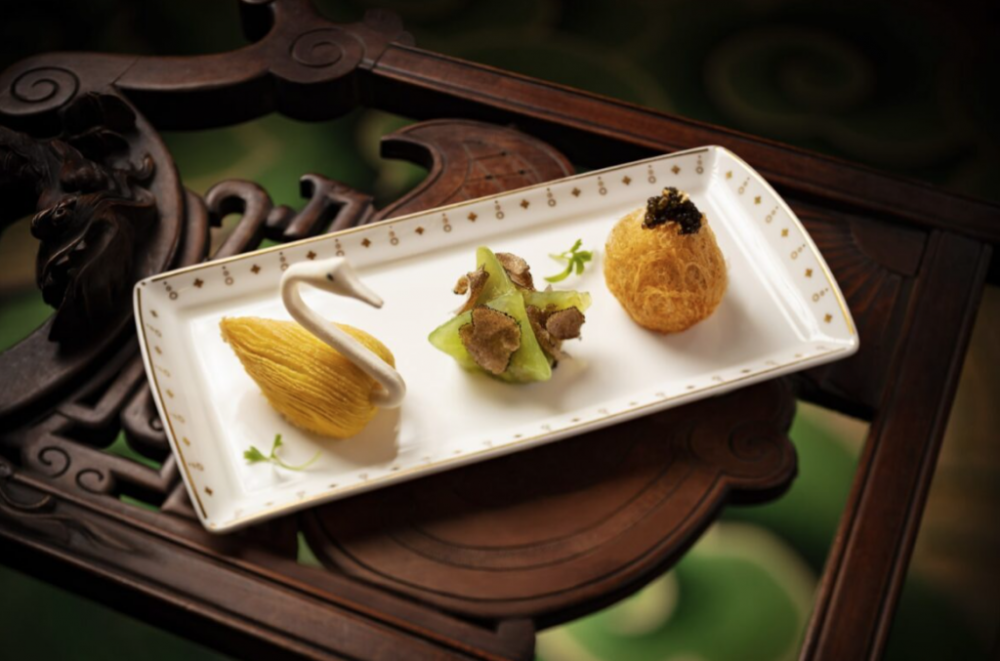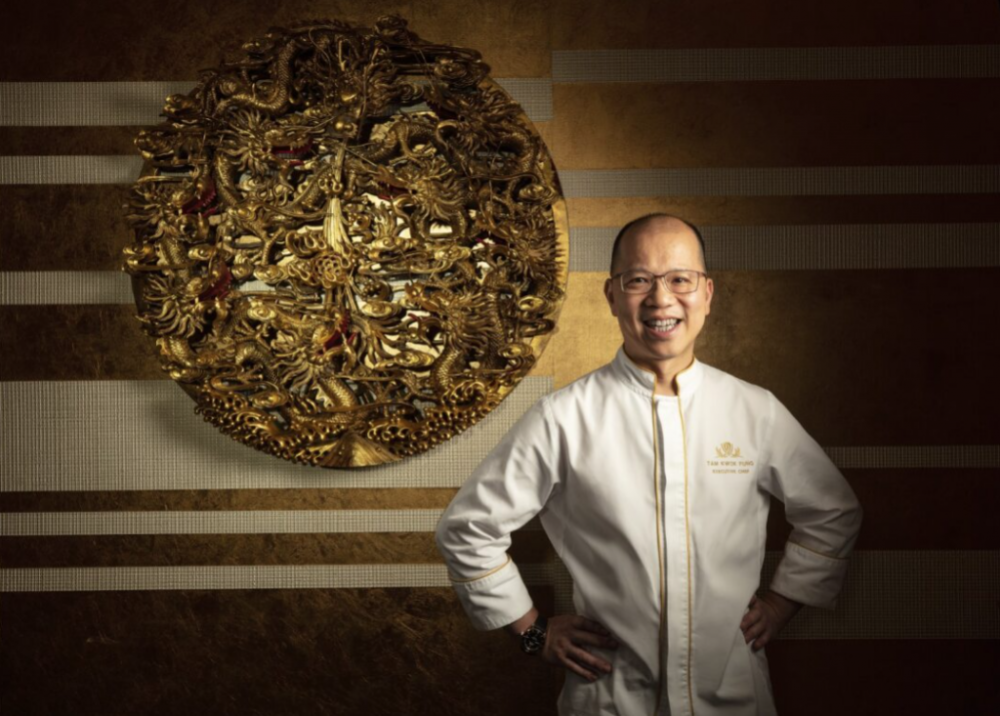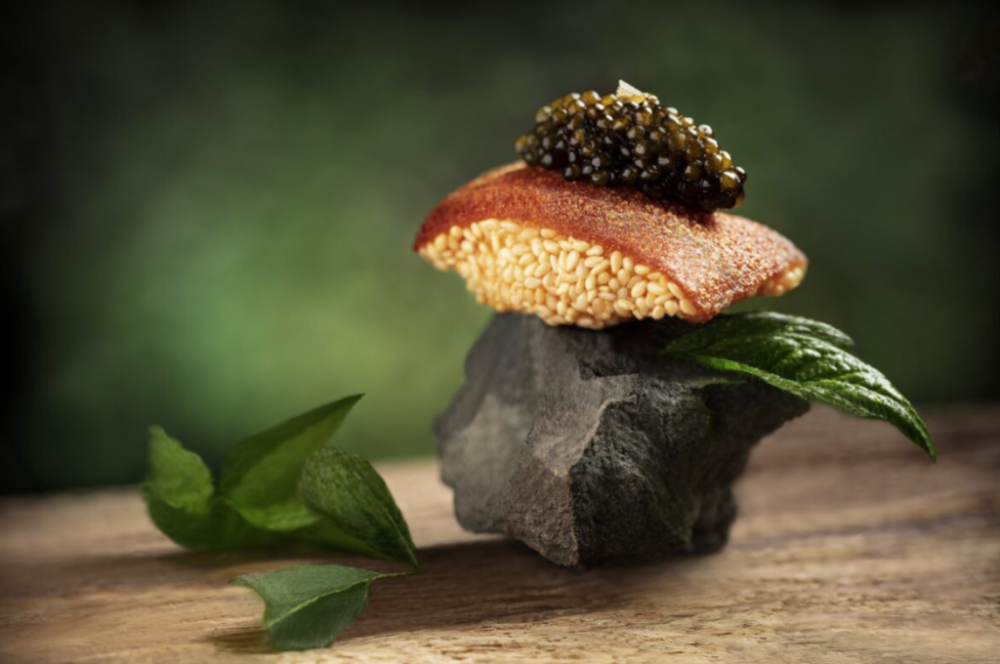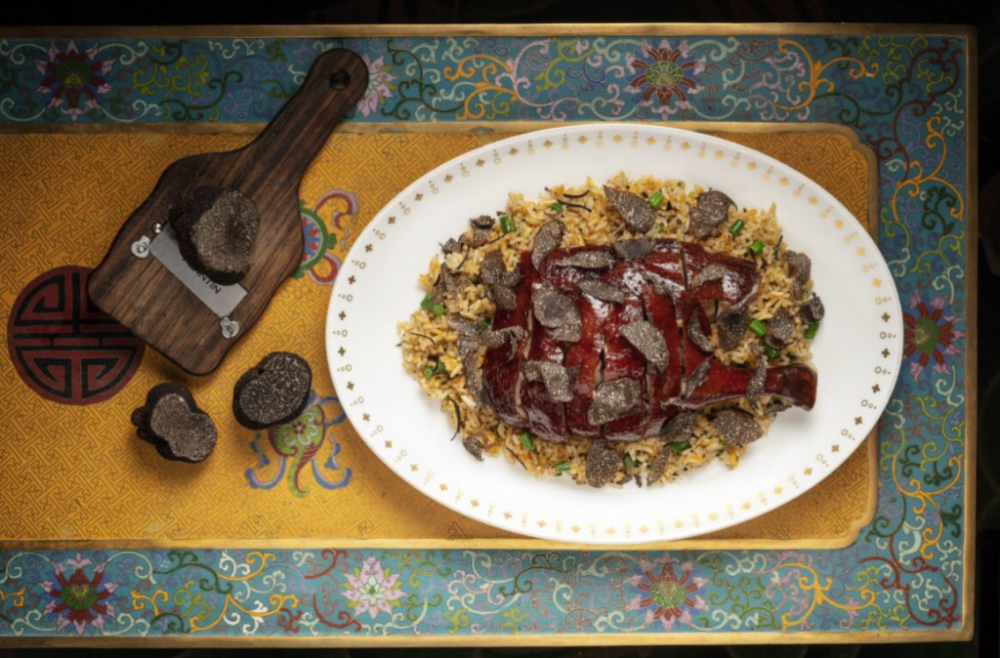Known for preparing exquisite Cantonese cuisine in palatial surroundings, Tam Kwok Fung of Macau’s Wing Lei Palace talks to Stephenie Gee about attitude, tradition and innovation

You can ask me a thousand times what I think makes the greatest restaurant and a thousand times I will hedge. A restaurant of unassailable, supreme excellence constitutes many, many things.
For example: a member of the service staff should always be in sight of every table, ready for any request but never intruding on a table’s conversation; a good selection of wines should be offered both by the bottle and by the glass; the restaurant must take reservations and must never overbook or keep guests waiting for their reserved table; a generosity of spirit should endure from the moment a guest enters the door to the moment they depart; and the menu should be a personal expression of the chef yet, at the same time, respect the traditions of both classic and regional good taste.
The list goes on and on. Enough to make one wonder if any restaurant could possibly live up to every one of them.
Wing Lei Palace does. That is, according to Asia’s 50 Best Restaurants, which earlier this year bestowed upon it the distinction of Best Restaurant in Macau. Though, after a recent lunch where I was invited to witness and savour the true culinary artistry of its award-winning executive chef, Tam Kwok Fung, this is a statement more than justified.

Flushed lighting of jewelled lantern chandeliers; an opera house–meets–royal residence décor of gold, fine porcelain, jade and opulent drapery; a panoramic view of plumes of water gracefully springing into spectacular action at regular intervals; affable Cantonese service; and archival recipes reimagined with modern flair in a restaurant tucked within the opulent Wynn Palace. What’s not to love?
I fell in lust with the whole lychee-wood grilled Pipa duck and its brittle skin and softly seductive flesh; and nourishing double-boiled pork shank with aged tangerine peel, polygonatum root and conch. Flawless dim sum, braised beef tripe stew, supreme broth with dumpling skin and impossibly subtle and silken crab meat, and seafood (stir-fried, deep-fried, steamed, you name it) – all of sublime freshness. This is true Cantonese food, the best, with seasonal ingredients taking the spotlight.
Also see: #legendeats: 13 F&B offerings for August
“This award, this approval, definitely came from the effort of the entire team. All of us, the kitchen and service staff, come together frequently to review, communicate and fine-tune our daily tasks, from the little tweaks here or there to the bigger updates like launching a new menu,” Tam tells me, all smiles and sincerity.
“For example, interacting with our customers before taking their orders. We want to get to know where they come from, if they’re looking to try anything specific, their preferences in flavours (less salty, more salty, less oil, more oil) and so on, so that we can adjust our recommendations for them. We don’t just stick to a fixed menu; we want to offer a tailor-made experience. And with a Cantonese restaurant, a big part of its success lies in your ability to realise and comprehend the changing of the seasons and the produce that comes with it. We put a lot of effort in terms of this aspect besides curating tasting and à la carte menus.”
Despite a full-fledged purchasing department, Tam is insistent on conducting daily visits to the local market. When we meet, the in-season vegetables include gourds and sprouts. Fresh seafood along the Guangdong shores is scarce because the annual fishing moratorium is approaching, but of note are the Spanish mackerel – which Tam prepares Portuguese-style – lion head croaker and horsehead tilefish.

“This is my hobby,” says the Shunde native. “I believe it’s essential for chefs or owners of restaurants to know more about the daily food supply in the market, especially those from high-end eateries. We might not purchase everything or incorporate everything into the menu, but knowing what’s in season and what’s available at the market lends us more confidence when introducing our dishes to the customers or responding to any form of communication between the creator and consumer because we are familiar with and knowledgeable about what makes up the dishes.”
It also opens the door to new flavour and ingredient combinations – or “innovation” – that elevate what traditional recipes can be. “When I say innovative, I don’t mean as in unprecedented. Nothing at this restaurant is going to get people thinking, ‘I’ve never seen this dish before’; it’s just little touches here and there,” Tam explains. So, while traditional stir-fried pomfret filet sees it paired with one variety of vegetable (typically celery, broccoli or choi sum), Tam’s version calls for multiple and will take into consideration local, domestic and imported produce.
“I added sweet watermelon radish, which normally wouldn’t appear in Cantonese kitchens. It comes from Northern China and you’ll usually see it in restaurants paired with Peking duck, along with cucumber and scallion. I quite like its taste and when incorporated into hot, stir-fried dishes, it offers customers a sense of newness with its bright fuchsia colour and mild, sweet peppery flavour.”

“Reasonable” is the guiding principle here. The intention is to be creative, but not for the sake of novelty. Rather, to advance the cuisine for the modern diner while upholding the traditions of it – a respect for the seasons, soup culture (there is a soup menu that changes with the seasons), light sauces and seasonings to accent only the freshest ingredients, flavour profiles such as wok hei, which adds a complex charred aroma to stir-fries (a signature Cantonese cooking method) and siu mei or Cantonese barbecue, for example.
“As a chef, I always keep in mind the need to constantly improve myself,” Tam says. “We review and reflect on every dish we present to our customers and ask ourselves, ‘How are we going to improve and perfect this?’ This pursuit of perfection is, for me, a great drive and it ignites my passion for cooking. The same goes for every chef and individual who runs a restaurant; we should always endeavour to refine perfection throughout the process. There’s really no finish line.”
Also see: Where to eat with a group with mixed dietary preferences





